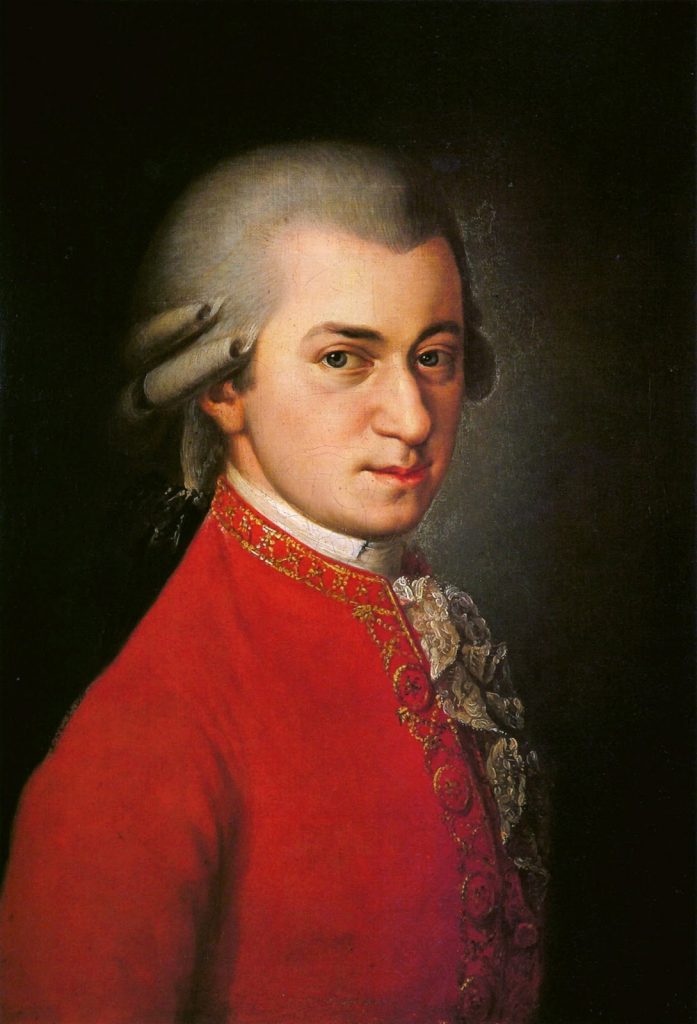American Classical Orchestra brings wit, freshness to Mozart program

The American Classical Orchestra is one of New York City’s smaller orchestras, yet with a difference: the ACO is a period-instrument orchestra.
The ensemble has a long pedigree and high quality that deserve higher and more consistent recognition. Tuesday night’s all-Mozart concert in Alice Tully Hall showed that smaller is a virtue—with under two dozen strings, the orchestra has agility in articulation one expects from such ensembles, but also a colorful, almost silvery sound that sets them apart from the seasoned graininess of so many similar groups.
The program offered the Concerto for Flute and Harp, the Symphony No. 29, and the Sinfonia Concertante for Violin and Viola. And although there were a few unsettled moments in the performance, this was a fine evening and a great deal of fun for the audience. That’s an important quality in itself, and one almost never considered in a standard classical music presentation.
The ringleader was Thomas Crawford, not just the conductor but the orchestra’s artistic director and founder. Before the concert itself started, he stepped up to the podium, and demonstrated some of the key musical ideas that the audience would hear, connecting them to Mozart’s style as a composer. This is always a superb way to activate an audience’s attention, and Crawford’s witty, casual manner set it apart from the typical dry, pedantic lecture that often precedes classical music concerts.
The same qualities applied to Crawford’s manner on the podium, which was easy-going but focused and charismatic in a charming way. The stars of the evening were the soloists: flutist Emi Ferguson and harpist Parker Ramsay and violinist Aisslinn Nosky and violist Maureen Murchie (concertmaster and principal in the orchestra, respectively), in the Sinfonia Concertante.
Ferguson and Ramsay were stellar, so fine that their playing inadvertently drew attention away from the orchestra. Ramsay brought substantial energy and style to his playing when he had the lead line and in the duet cadenzas with Ferguson he was a sensitive partner with great command of dynamics. Ferguson produced such a gorgeous tone that it was mesmerizing. Her sound was clear and light, yet still carried above the orchestra. This was as close to a bird as one has had a flute in quite a long time. The only slight debut was that her added vibrato detracted from the purity of her sound in long, sustained notes. The orchestra had fitful lapses in intonation and articulation, but so momentarily that it was inconsequential.
In the Symphony No. 29, this happened more frequently, and doubts began to creep in. These peaked with the paired oboes, who seemed to have trouble maintaining their tonal quality, especially when playing in the upper register.
Still, this was a lively performance, expressive of the music’s phrasing. The tempo for the Andante was perfect, and all evening the orchestra played with a great feeling for tempo and rhythm. The trio section of the Menuetto came off vaguely, as if everyone was unsure of the direction, but the finale featured one of the most entertaining moments of the night. In the brief rest between the rapid scale and final chord, Crawford turned to the audience and gave the thumbs-up sign, eliciting a cascade of laughter and applause to accompany the coda.
The Sinfonia Concertante was just as satisfying. Here the orchestra sounded more settled, especially the oboes. And as with the concerto, the soloists were excellent. Crawford talked about the orchestra’s collegiality in his opening, and that came through with Nosky and Murchie playing their orchestra parts when not soloing. This produced a great feeling of ensemble that one rarely hears with more hierarchical modern style orchestras.
The contrast between Nosky’s shining violin tone and Murchie’s throaty viola was also a pleasure, adding a heterogeneity that was strong and stimulating. That quality reinforced not just the antiphonal passages but a real musical conversation, the two working together to achieve something.
There was personality in the playing throughout. In the final movement, the two indulged in some portamento here and there, showed an appreciation for pleasure in making music and in entertaining the listener. That was Mozart’s own bottom line as well.
The American Classical Orchestra plays a concert of baroque music, 7 p.m. February 3 at the Harlem Parish.